Best Dive Sites in Bali – Where to Scuba Dive Across the Island
TOP Bali Diving Spots
TOP Bali Diving Spots
Whether you’re planning your first dive in Bali or returning to explore more of its world-class underwater sites, this guide covers the best dive locations across Bali island. From shipwrecks in Tulamben and manta rays in Nusa Penida to coral gardens in Amed and dramatic walls in Menjangan, Bali offers unforgettable dives for every skill level.
Here you’ll find everything you need to choose the right region for your diving holiday in Bali, including highlights, conditions, and links to in-depth guides on each Bali dive area.
Bali offers incredible diving diversity. Use the map below to locate Bali’s main scuba regions, including Tulamben, Nusa Penida, Padang Bai, and more.
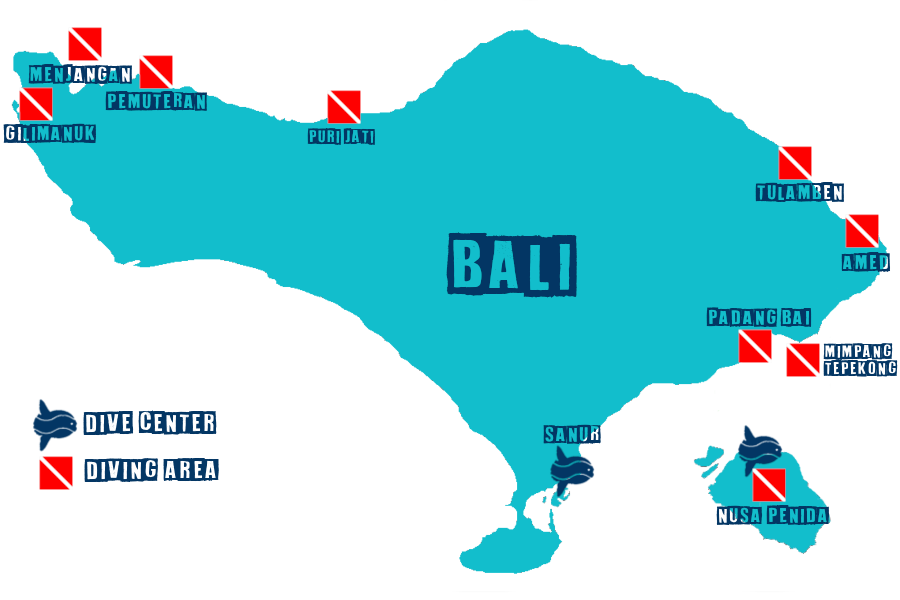
Bali’s most famous dive site, home to the USAT Liberty wreck just meters from shore. Perfect for wreck diving, macro photography, and night dives.
Known for thrilling drift dives, giant manta rays at Manta Point, and seasonal Mola Mola sightings. Best for experienced divers with good buoyancy control.
Ideal for beginners and macro lovers, Padang Bai offers blue lagoon, white sand bottoms, and a great variety of critters and reef fish.
For advanced divers seeking adrenaline with steep walls, swim-throughs, cave, strong currents, and the chance to see reef sharks and Mola Mola.
A scenic, quiet coast with calm dives, artificial reefs, and great macro spots. Perfect for beginners or photographers seeking peaceful dives.
Located in the Bali Barat National Park, Menjangan Island is famous for dramatic drop-offs, healthy coral, and excellent visibility year-round.
Bali offers an incredible range of scuba diving experiences, whether you’re a beginner or a seasoned diver. From shipwrecks and steep walls to muck diving and manta ray encounters, the island’s dive sites offer something for every interest and certification level.
Here’s a closer look at the different types of diving you can enjoy across Bali’s world-renowned dive regions.
Explore Bali’s Iconic Shipwreck Sites
Wreck diving in Bali is a highlight for many divers, offering history, marine biodiversity, and dramatic underwater scenery. With several accessible wrecks across the island, Bali is a top destination for wreck enthusiasts of all levels.
USAT Liberty Wreck – Tulamben
This World War II cargo ship is Bali’s most famous dive site. Lying just off the beach in Tulamben, it’s covered in vibrant soft corals and teeming with marine life. Suitable for all certification levels, it’s a paradise for underwater photographers — expect to see schools of jackfish, nudibranchs, turtles, and even bumphead parrotfish.
Boga Wreck – Kubu
Located just north of Tulamben, this sunken patrol boat lies deeper and is ideal for Advanced Open Water divers. The structure is now home to schooling fish, giant gorgonians, and occasional pelagics cruising by. Its depth and structure make it a thrilling wreck to explore.
Jepun Wreck – Padang Bai
A smaller fiberglass wreck located in shallow waters, Jepun is a hidden gem for macro diving. Frogfish, pipefish, nudibranchs, and blue-spotted stingrays are commonly found tucked into its nooks and crannies. It’s an excellent training or photography site.
From historical shipwrecks to artificial reefs, Bali’s wreck dives deliver unforgettable underwater experiences.

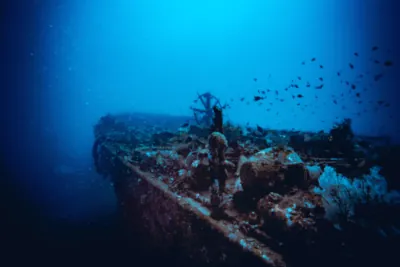
Ride the Currents in Bali’s Best Sites
Drift diving in Bali offers the thrill of gliding effortlessly along vibrant reefs, propelled by the island’s nutrient-rich currents. It’s an exhilarating way to experience Bali’s marine biodiversity and one of the reasons divers return again and again.
Nusa Penida and Nusa Lembongan are the most famous drift diving destinations, with sites like SD Point, Pura Ped, Sental, and Mangrove offering crystal-clear waters, colorful corals, and encounters with turtles, reef sharks, and large schools of fish.
While many drift dives in Bali are known for their fast currents and thrilling rides, some sites, like Bunutan and Pyramid in Amed, offer gentler drifts where divers can enjoy a more relaxed experience while still benefiting from the effortless movement along the reef.
Whether you’re looking for high-adrenaline currents or a slow, scenic drift, Bali has drift dives suited for all levels.
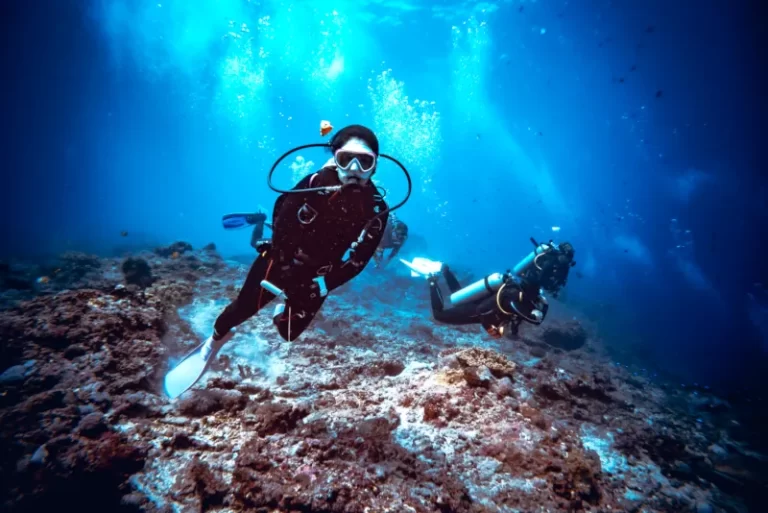
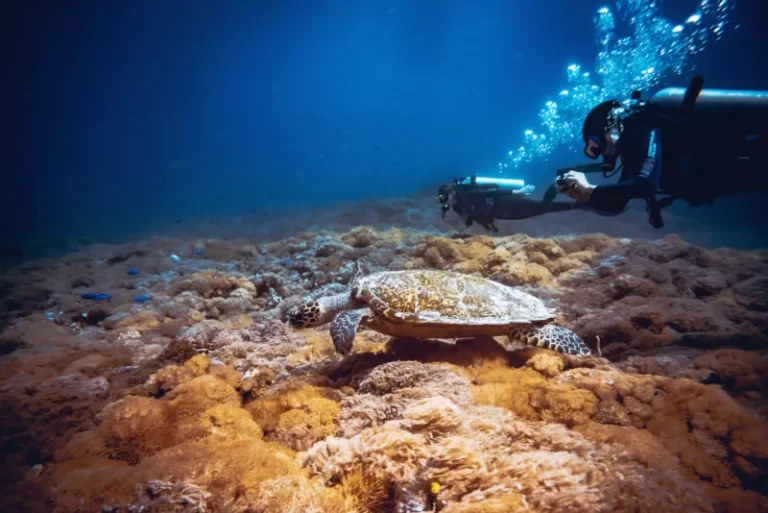
Discover Rare Critters in Bali’s Best Dive Sites
Macro diving in Bali is a paradise for underwater photographers and critter lovers. The island’s volcanic sand and coral slopes are home to some of the richest Macro critters in Southeast Asia.
Tulamben is the top destination for macro in Bali, especially at sites like Seraya Secrets, Batu Niti, and Melasti. Here, you can find ghost pipefish, frogfish, harlequin shrimp, nudibranchs, and even the elusive mimic octopus. The black sand backdrop enhances every photo opportunity and makes tiny creatures easier to spot.
Padang Bai is another macro hotspot. Dive sites like Jepun, Blue Lagoon and Jetty offer a chance to see rhinopias, seahorses, various shrimps, and rare crabs tucked among coral rubble and seagrass.
Amed, with its relaxed conditions, offers several lesser-known macro sites ideal for spotting quirky marine life, though it’s slightly more limited than Tulamben or Padang Bai.
Macro sightings in Bali are seasonal and site-specific, changing from week to week. That’s why our experienced dive guides and macro spotters at Bali Aqua constantly monitor where critters are appearing and adjust dive plans to match your interests. Whether you’re chasing a wish-list species or simply enjoy slow, detail-focused dives, we’ll guide you to the best Bali macro diving sites.
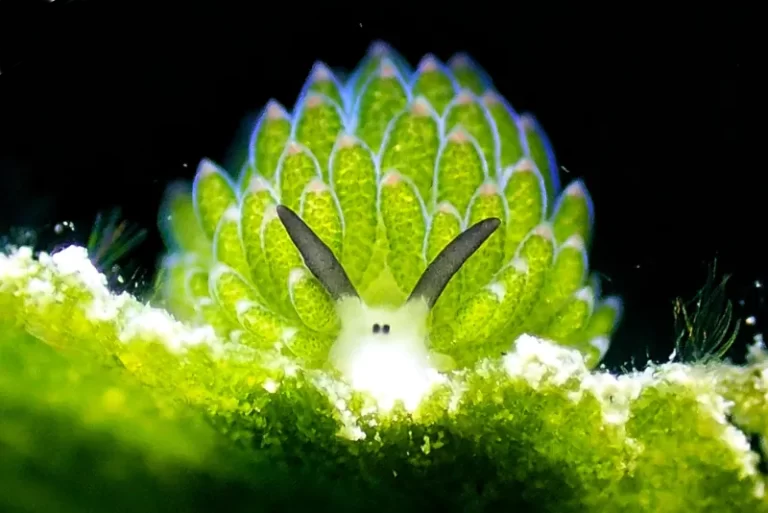
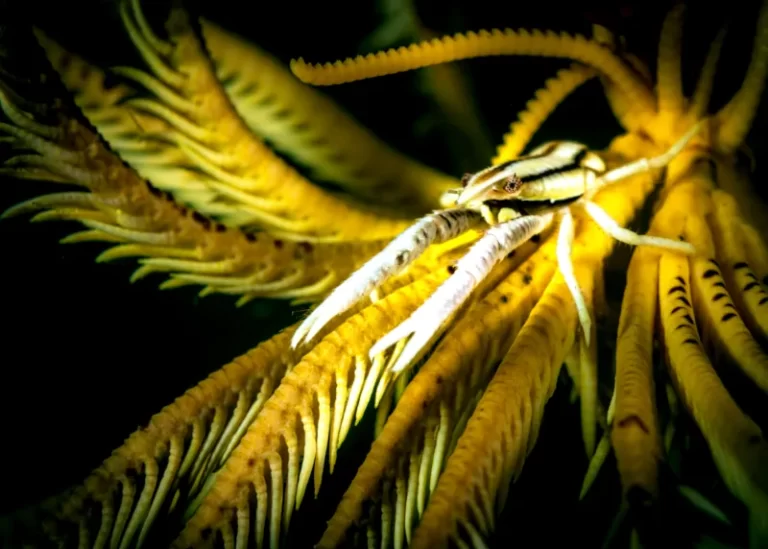
Explore Bali’s Most Impressive Coral Drop-Offs
If you love dramatic underwater terrain, wall diving in Bali delivers a spectacular mix of vertical coral walls, marine biodiversity, and breathtaking scenery. From beginner-friendly slopes to deep, advanced-level walls, Bali offers wall dives for every level of diver.
Menjangan Island is Bali’s most iconic destination for wall diving. Located within the West Bali National Park, it features pristine drop-offs covered in vibrant soft corals, giant sea fans, and sponges. These nutrient-rich walls attract reef fish, nudibranchs, moray eels, turtles, and even the occasional eagle ray gliding by in the blue.
In the Tulamben and Amed region, you’ll find several smaller but rewarding wall dives. Tulamben Drop-Off is accessible from shore and well-known for its steep coral slope and diverse marine life. Amed features sites with mini-walls and vertical coral ridges teeming with reef fish, ideal for relaxed exploration.
For experienced divers, Nusa Penida and Nusa Ceningan offer some of Bali’s most exhilarating wall dives. Sites like Ceningan Wall and Malibu Point drop steeply into the depths and are subject to strong, shifting currents, perfect for advanced divers looking for a challenge. Even Manta Point features a smaller wall section, often patrolled by graceful manta rays.
Whether you prefer a gentle descent or a heart-pounding vertical drift, Bali’s wall diving sites deliver stunning seascapes and unforgettable underwater encounters.
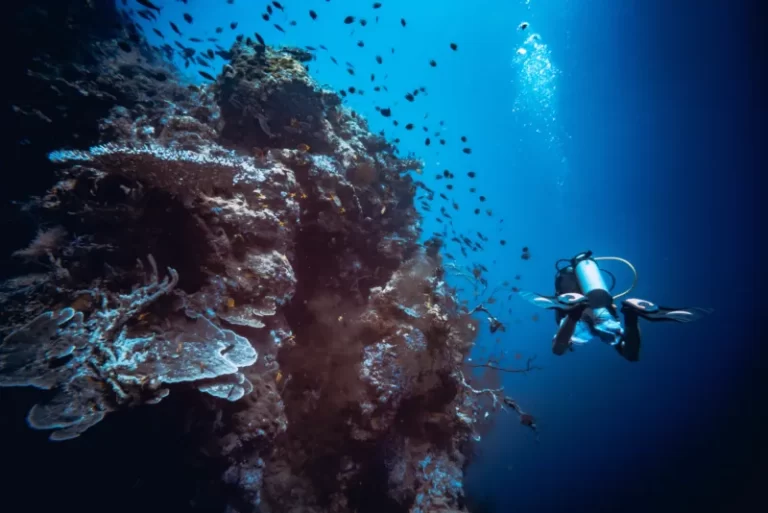
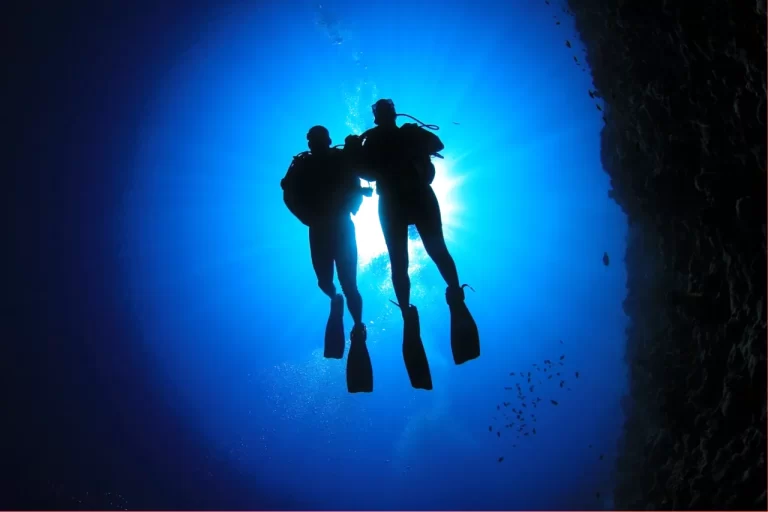
Swim with Manta Rays, Sharks, Mola Mola & More
For thrill-seeking divers, Bali offers some of the best big fish encounters in Indonesia. From year-round manta rays to seasonal Mola Mola and frequent reef shark sightings, these waters are alive with large and charismatic marine life.
Manta Rays
Nusa Penida’s Manta Point is world-famous for its consistent manta sightings. These gentle giants cruise the cleaning stations and shallows, often swimming gracefully right past divers, a truly unforgettable experience, accessible year-round.
How to dive with Manta Ray: Code of conduct
Mola Mola (Ocean Sunfish)
From July to October, Bali becomes one of the best places in the world to spot the elusive Mola Mola. The best sites for sightings include Crystal Bay, Blue Corner, and sometimes Gili Tepekong. These deep-dwelling creatures occasionally ascend to shallower depths for cleaning, offering rare encounters.
Sharks
Bali’s shark encounters are concentrated around the Gili Islands of Mimpang, Tepekong, and Biaha, where you can spot blacktip, whitetip, and sometimes grey reef sharks. These dive sites offer dynamic underwater terrain and consistent sightings, ideal for intermediate to advanced divers.
Other Large Marine Life
Encounters with barracuda schools, giant trevally, tunas, and Napoleon wrasse add even more excitement to your dives. While rare, whale shark sightings do occur, mostly near deep or nutrient-rich zones.
⚠️ Incredible but true: A great white shark was reported off Bali’s coast in 2019 and again in March 2025, a reminder that Bali’s marine biodiversity continues to surprise, even the most seasoned divers.
Explore Bali’s Vibrant and Colorful Coral Reefs
Bali is home to some of the healthiest and most diverse coral reef systems in Indonesia, offering underwater scenes filled with vibrant hard and soft corals, schooling reef fish, turtles, and countless macro and pelagic species.
Padang Bai – Blue Lagoon & Surrounding Reefs
This easily accessible site features vivid coral gardens, clownfish-filled anemones, and frequent sightings of sea turtles. Blue Lagoon is ideal for beginners and a great spot for relaxed reef diving or the first dive of a trip.
Amed – Jemeluk Bay
This calm bay is a favorite for underwater photographers and beginners alike. It offers lush reef slopes, artificial reef structures, and healthy coral bommies teeming with anthias, butterflyfish, and nudibranchs.
Nusa Penida – North Coast Coral Slopes
Some of Bali’s most pristine coral gardens stretch along the northern coastline of Nusa Penida. Dive sites like Batu Mulapan and Karang Sari feature expansive coral plateaus and sloping reefs with minimal current, ideal for soaking in the colors and biodiversity of these ecosystems.
Menjangan Island – Gorgonians & Wall Reefs
Although more remote, Menjangan’s coral reefs are some of the best-preserved in Bali. Huge gorgonian sea fans, sponges, and schools of reef fish decorate its steep walls and shallow reef tops, making this marine park a must-visit for reef lovers.
Why Bali’s Coral Reefs Are Special
Bali lies within the Coral Triangle, the world’s most marine biodiverse region. Its variety of reef environments means that whether you’re a beginner or seasoned diver, you’ll always find something new and exciting to explore underwater.
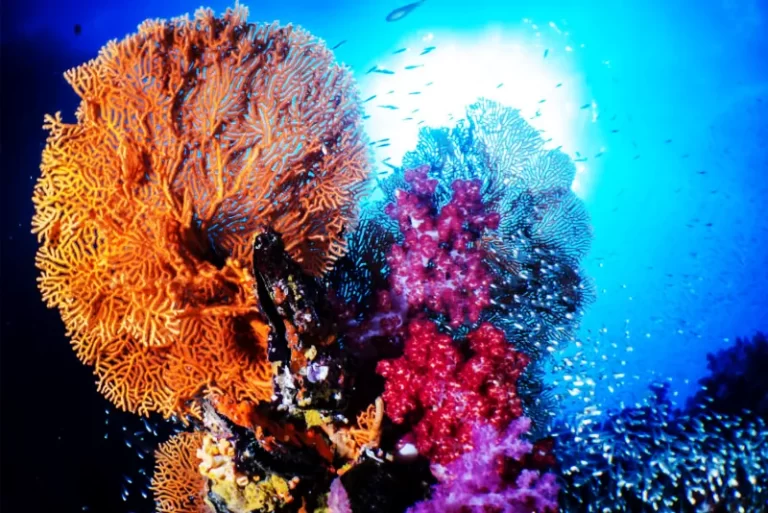
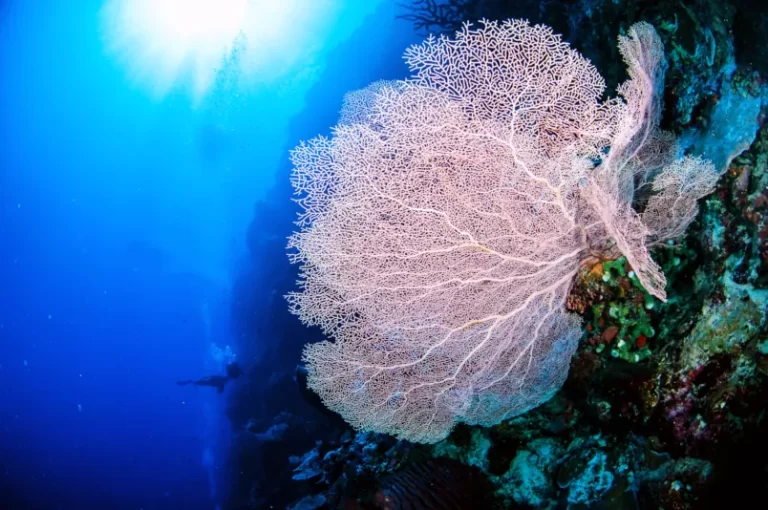
Discover Bali’s Hidden Macro Treasures on Sandy Slopes
For divers who love searching for unique and bizarre marine creatures, muck diving in Bali offers some of the most fascinating and unconventional dive sites. Instead of colorful coral reefs, these sites feature dark volcanic sand or silty bottoms, providing the perfect habitat for some of the ocean’s most elusive critters.
Tulamben & Surrounding Macro Sites
This region is Bali’s muck diving capital. Dive sites like Seraya Secrets, Batu Niti, Melasti, and Sidem are world-renowned for frogfish, ghost pipefish, mimic octopus, harlequin shrimp, hairy shrimp… The dark sand bottom creates the perfect backdrop for macro photography.
Two of Bali’s most historical muck diving sites are Secret Bay in Gilimanuk and Puri Jati in Seririt. Secret Bay is a shallow bay with calm waters and a unique underwater landscape, home to rare nudibranchs, frogfish, seahorses, and even mandarin fish—a treat for patient photographers. Puri Jati, with its vast, open sandy slopes, is the perfect hunting ground for mimic octopuses, wonderpus, and other masters of disguise.
Pemuteran & Amed (Occasionally)
While not traditionally known as muck diving destinations, some sandy patches in Amed and the bio rock area in Pemuteran offer interesting macro subjects depending on the season and recent sightings.
Why Bali is a Top Muck Diving Destination
Bali’s volcanic origin has created ideal muck diving habitats with rich nutrients that attract countless bottom-dwelling species. With experienced spotters and flexible dive planning, Bali Aqua ensures you’ll have the best chance to find the weird and wonderful.
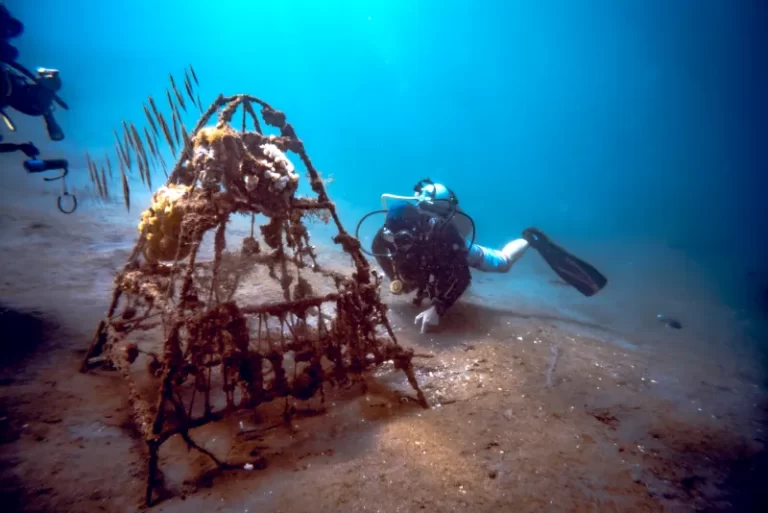
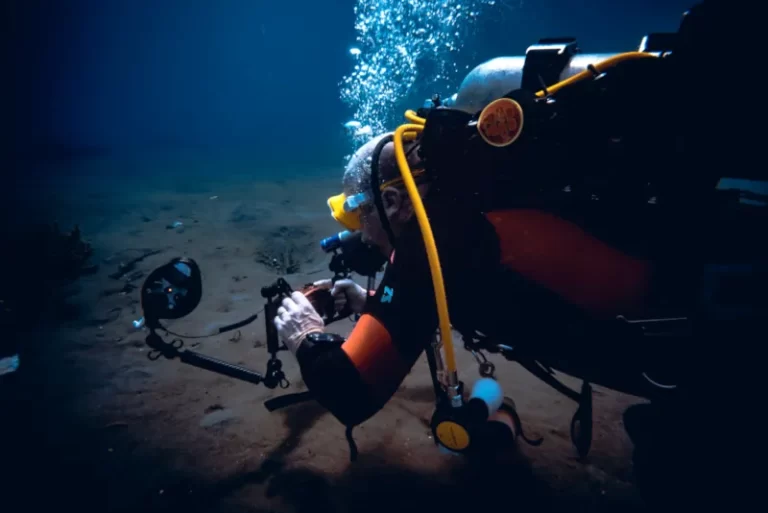
Bali is a year-round diving destination. Conditions are generally good all year, but the dry season (April–November) offers the best visibility and calmer seas.
Most dive sites in Bali are accessible to beginner divers with Open Water certification, especially in Tulamben, Amed, and Padang Bai. However, sites like Gili Tepekong, Mimpang, and some parts of Nusa Penida may require Advanced Open Water certification and experience with drift diving due to strong currents.
If you are beginner, you can do a discover scuba diving program and dive with an Instructor.
Yes, as long as it’s done with an experienced operator. At Bali Aqua:
Safety is always our top priority.
Beginners will enjoy the calm waters and easy beach entries in Tulamben and Amed, as well as Padang Bai’s Blue Lagoon. These areas are perfect for learning, refreshing skills, or building confidence in a relaxed environment.
Bali is home to a stunning variety of marine life including manta rays, reef sharks, turtles, Mola Mola, and countless macro critters like nudibranchs, frogfish, and ghost pipefish. The diversity spans from healthy reefs to muck diving hotspots.
Yes. Reputable operators like Bali Aqua offer diving bali safaris and diving bali daily trips covering all major dive regions including Tulamben, Amed, Padang Bai, Nusa Penida, Pemuteran, and Menjangan. This allows you to explore Bali’s full underwater range with consistent service and logistics.
Yes. Cultural visits are included in all of our Bali Diving Safari programs, where we organize sightseeing on transfer days between dive zones. This allows you to explore temples, rice terraces, waterfalls, and traditional villages without cutting into your diving time.
If you are booking a Best of Bali (BOB) diving package or a custom trip, cultural tours can also be arranged on request. Our reservation team is experienced in creating tailor-made itineraries that combine diving with sightseeing, whether it’s between diving days or during travel between dive areas.
Yes, Bali offers great diving all year long. During the rainy season (December to March), some areas may have slightly reduced visibility, but this is often when macro dive sites are at their best, with more critters and fewer divers in the water. Low season is also perfect for enjoying Bali with less traffic, quieter dive sites, and generally calmer logistics. In fact, Manta Point in Nusa Penida often has better conditions in low season compared to peak periods like late July and August, when big waves are more common.
Whether you visit in dry or rainy season, there’s always excellent diving to enjoy across Bali.
Travel insurance is recommended for all visitors to Bali. Dive insurance (such as DAN) is highly recommended for divers, especially for multi-day trips or safaris. We can help arrange short-term dive insurance on request.
Our day-trips leave early mornings, so our free pickup is around 07:00 at your hotel (within the main areas of Kuta and Sanur). This means that wherever the dives are planned for, you can complete 2 dives and still be back to your Hotel or Resort in mid-afternoon. Travel time to the dive- sites (from Sanur) varies from 40 minutes (Nusa Penida by Speedboat) to up to 2 hours (Tulamben by car). All our cars are modern and air-conditioned, and we provide lunch, water and towels on all of our day trips.
Schedule exemple:
| DESTINATION | DIVE SITE | TRIP DURATION |
| Tulamben | USS Liberty Shipwreck / Drop-off | 07:00 – 17:00 |
| Padang bai | Jepun, Blue Lagoon, etc | 07:00 – 15:00 |
| Amed | Jemeluk Bay, Pyramid, etc | 07:00 – 17:00 |
| Gili Tepekong & Gili Mimpang | Gili Tepekong, Gili Mimpang | 07:00 – 16:00 |
| Nusa Penida & Nusa Lembongan Island | Manta Point / Crystal Bay / Mangrove | 07:00 – 15:30 |